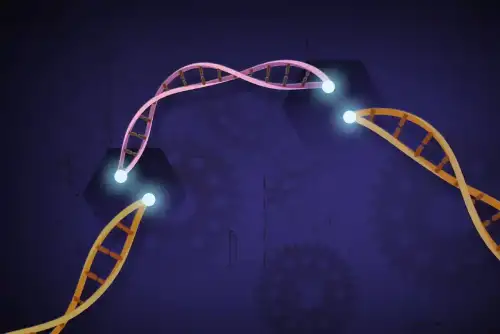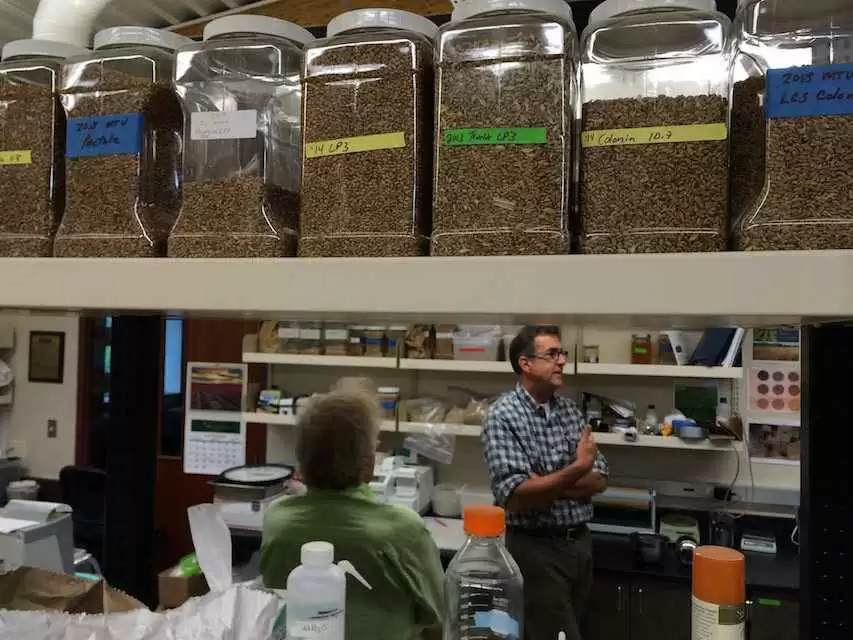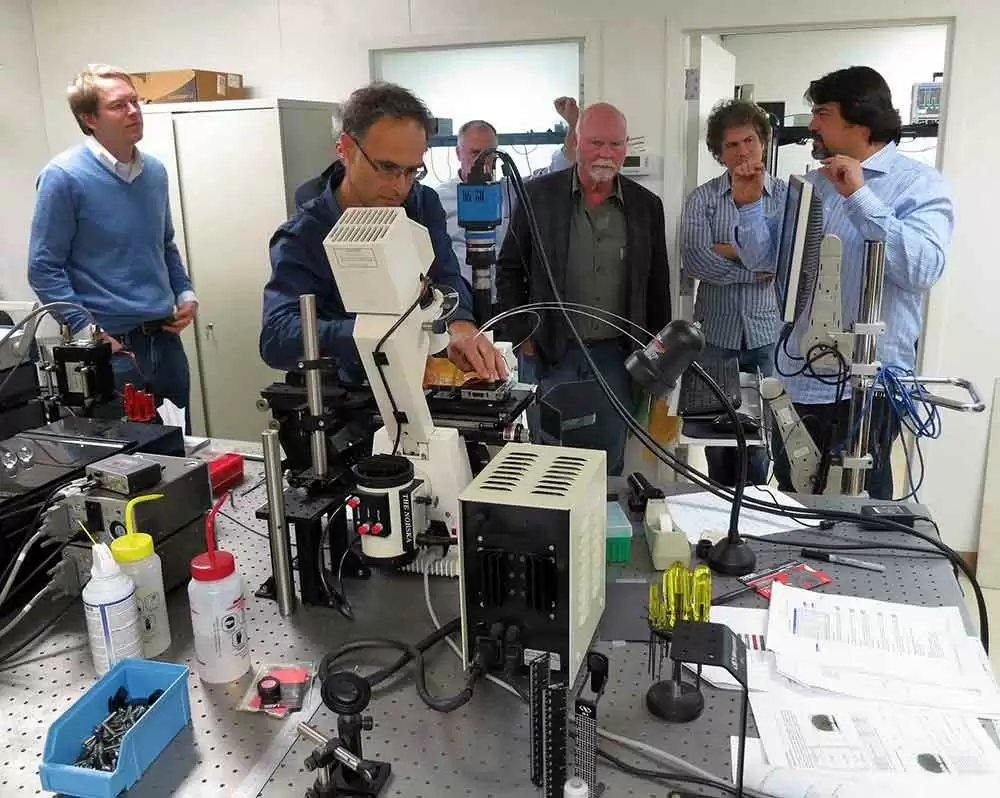Celiac.com 06/19/2025 - For the 1% of the global population with celiac disease and the millions more with gluten sensitivity, wheat has long been a dietary enemy. But a groundbreaking genetic discovery could change that—by deleting key wheat proteins that trigger immune reactions without sacrificing baking quality.
This article explores how scientists are modifying wheat to reduce celiac disease risks, what this means for gluten-sensitive individuals, and whether safer wheat could become a reality in the future.
The Problem: Why Wheat Triggers Celiac Disease
Celiac.com Sponsor (A12):
Celiac disease is an autoimmune disorder where gluten—a protein found in wheat, barley, and rye—triggers an immune attack on the small intestine. Even tiny amounts can cause digestive damage, nutrient malabsorption, and long-term health risks.
Key Culprits: Gliadins and Glutenins
- Gliadins (particularly α-gliadins) contain immunodominant epitopes—protein sequences that provoke strong immune reactions in celiac patients.
- Glutenins contribute to dough elasticity but also contain some problematic peptides.
- The D genome of wheat (chromosome 6D) carries the most harmful epitopes, including the highly reactive 33-mer peptide.
For celiac patients, avoiding gluten entirely is currently the only solution. But what if wheat itself could be modified to be less toxic?
The Breakthrough: Deleting Harmful α-Gliadins from Wheat
A 2025 study published in Theoretical and Applied Genetics reveals a major step toward low-immunogenicity wheat. Researchers used gamma radiation-induced mutations to delete α-gliadin genes from wheat’s three genomes (A, B, and D).
Key Findings:
1. Δgli-D2 deletion (on chromosome 6D) had the biggest impact:
- Removed 81% of immunodominant epitopes (including the notorious 33-mer peptide).
- Unexpectedly improved gluten strength—better for breadmaking.
- No negative effects on yield or protein content.
2. Δgli-A2 and Δgli-B2 deletions also reduced harmful peptides but had less effect on baking quality.
3. Combining Δgli-D2 + Δgli-A2 deletions removed even more toxic peptides without harming wheat performance.
Why Does This Matter for Celiac Patients?
- Reduced exposure to major triggers could lower celiac disease risk in genetically susceptible people.
- Not yet "celiac-safe" (other gluten proteins still contain minor epitopes), but a major step forward.
- Future wheat strains could be engineered to be even safer using CRISPR or other gene-editing tools.
Surprising Bonus: Stronger Gluten, Better Baking
Ironically, removing harmful α-gliadins actually improved wheat’s functionality:
How Δgli-D2 Boosts Gluten Strength:
- The D-genome α-gliadins contain 7-cysteine (7-CYS) variants that act as "chain terminators"—limiting gluten polymer growth.
-
Deleting them allows glutenin polymers to grow longer, resulting in:
- Stronger dough
- Better bread rise
- Improved elasticity
Real-World Impact:
- Bakers could get higher-quality flour with fewer additives.
- Gluten-sensitive individuals might tolerate small amounts (though more research is needed).
The Future: Toward Truly "Celiac-Safe" Wheat?
While this discovery is promising, fully non-toxic wheat is still years away.
Next Steps in Research:
- Combining deletions (Δgli-D2 + Δgli-A2 + ω-gliadin knockouts) to remove more epitopes.
- Using CRISPR to precisely edit out harmful sequences without losing baking quality.
- Human trials to see if modified wheat reduces celiac reactions.
Challenges Ahead:
- Not all toxic peptides are gone—LMW and HMW glutenins still contain some.
- Regulatory & consumer acceptance—GMO wheat faces skepticism in some markets.
- Strict celiac diets will still be necessary until 100% safe wheat is achieved.
What This Means for Gluten-Sensitive Individuals
Short-Term (Next 5-10 Years):
- New wheat varieties with fewer triggers may enter the market.
- Reduced risk of accidental gluten exposure in processed foods.
- Possible "low-gluten" products for those with mild sensitivities (not celiacs).
Long-Term (10+ Years):
- Potential for "celiac-safe" wheat if all harmful epitopes are removed.
- Reduced celiac disease incidence if children grow up eating safer wheat.
Conclusion: A Hopeful Step Forward
This research proves that science can make wheat safer without sacrificing quality. While fully gluten-free diets remain essential for celiac patients today, the future could bring:
- Wheat with minimal toxicity
- Better-tasting gluten-free alternatives
- Reduced celiac disease risk worldwide
For now, the Δgli-D2 deletion is a major milestone—one that could transform both agriculture and public health.
Key Takeaways:
- Deleting α-gliadins from wheat’s D genome removes 81% of major celiac triggers.
- It also unexpectedly improves gluten strength—better for baking.
- Combined with other deletions, future wheat could be far less immunogenic.
- Not yet safe for celiacs, but a promising step toward "low-gluten" wheat.
Would you try products made from this modified wheat? Let us know in the comments!
Read more at: link.springer.com











Recommended Comments
Create an account or sign in to comment
You need to be a member in order to leave a comment
Create an account
Sign up for a new account in our community. It's easy!
Register a new accountSign in
Already have an account? Sign in here.
Sign In Now